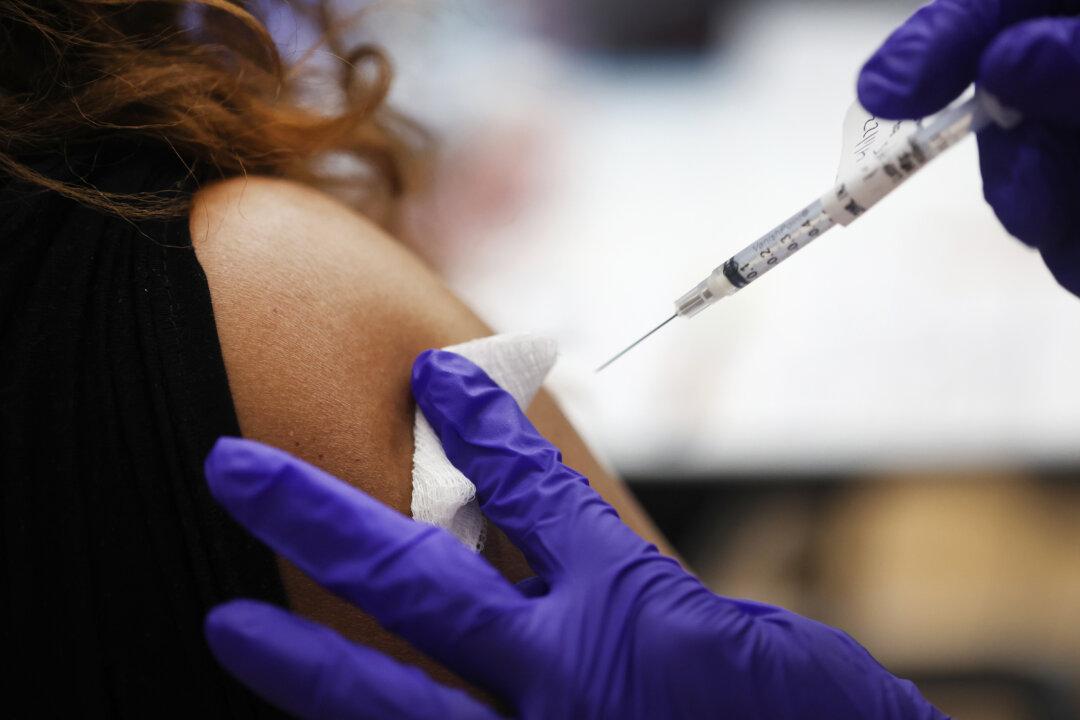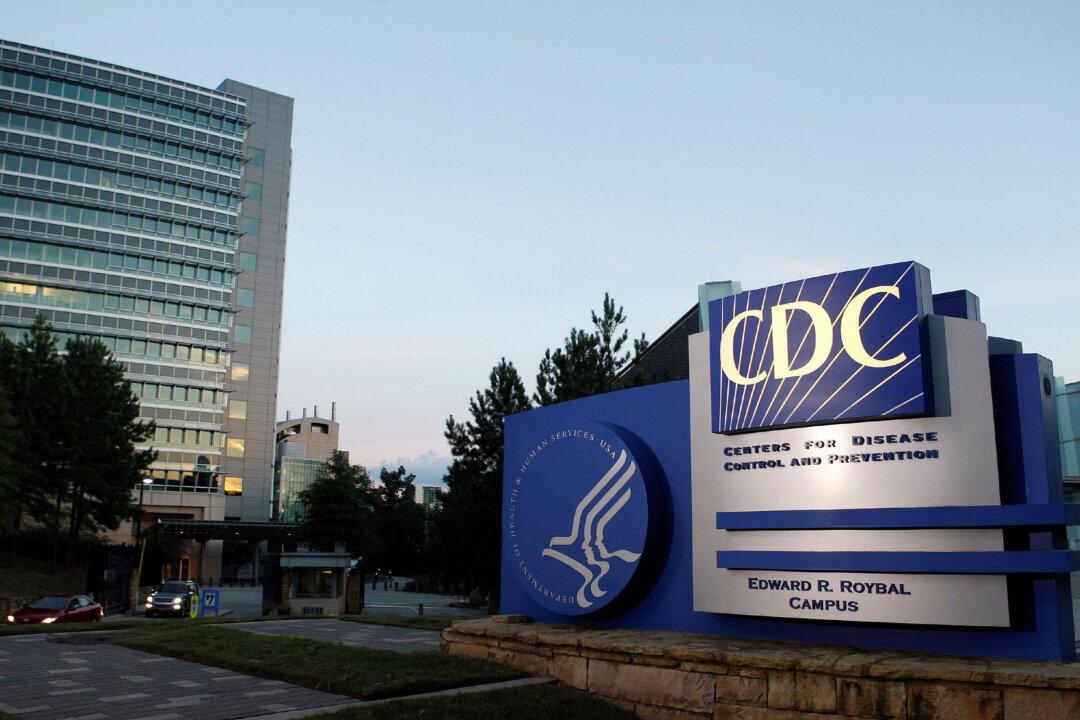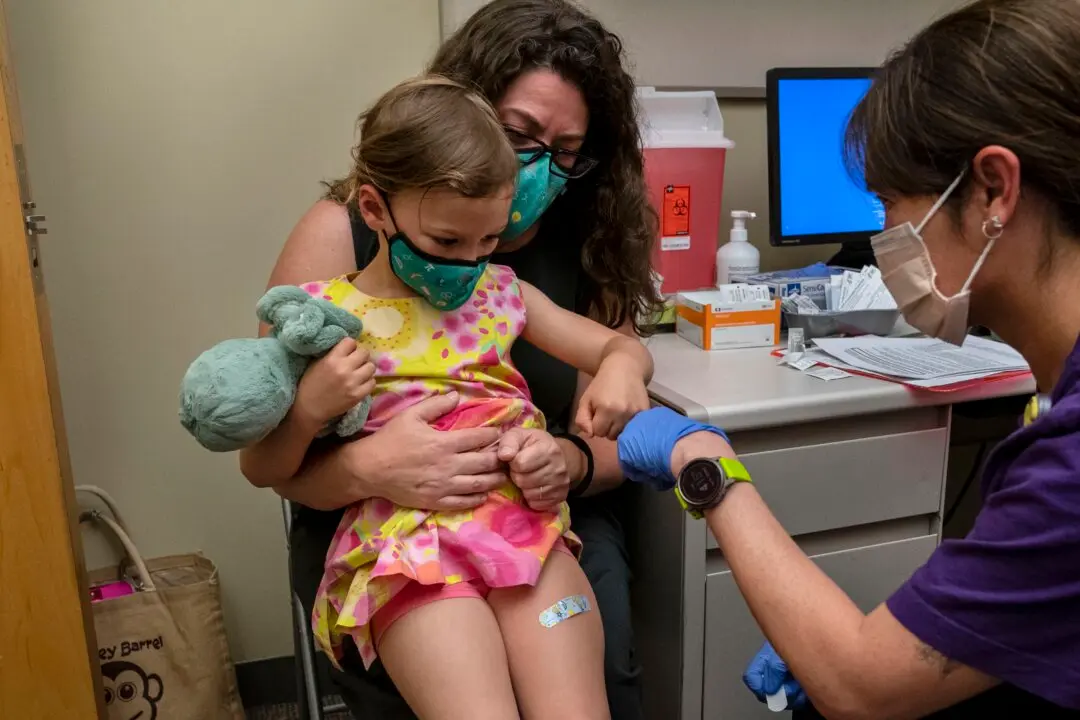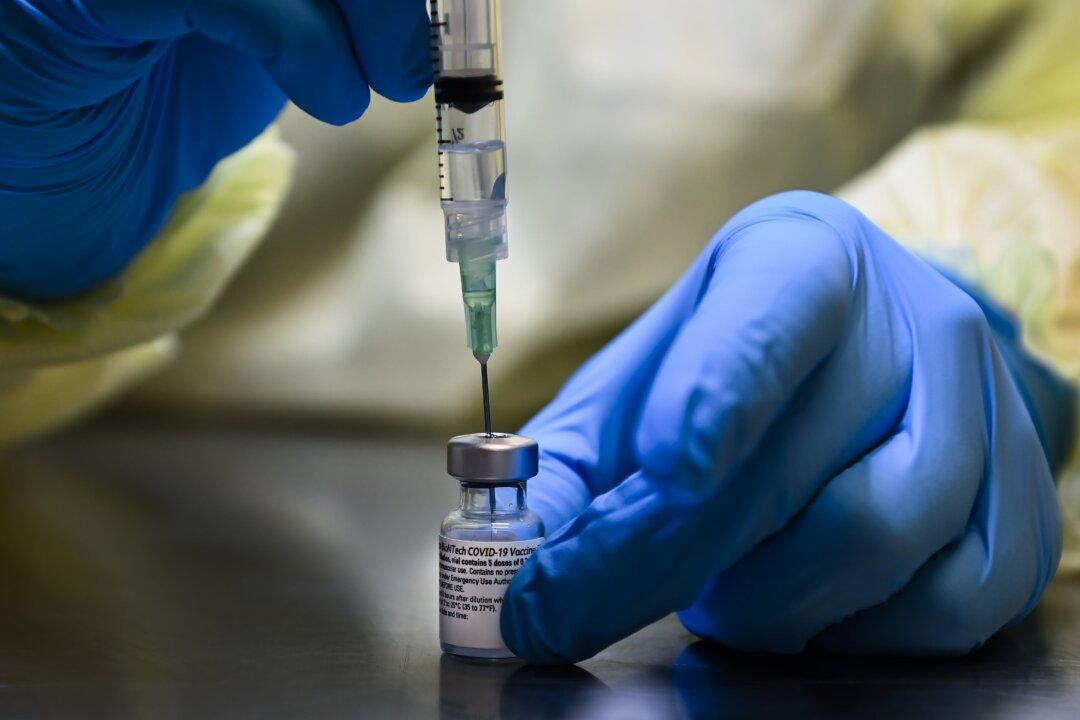Several pathogenic microbes were identified and quantified on masks worn during the pandemic, according to a Japanese study that was published in Scientific Reports.
The study is one of the first to address the probable hygiene issues caused by bacterial and fungal growth on masks worn daily in the community.






